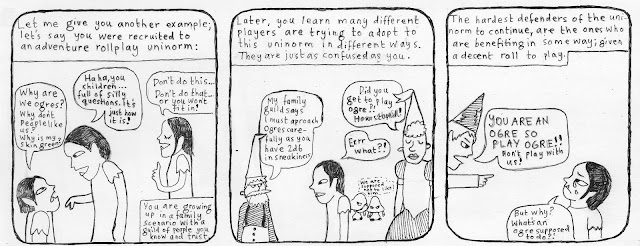Fibonacci
Who was Fibonacci?
In the early 1200’s, an Italian mathematician Leonardo of Pisa (nicknamed Fibonacci) discovered the famous Fibonacci sequence. This sequence falls under the Mathematical domain of number theory and its most famous problem concerned rabbits. The problem read:Start with a single pair of rabbits. Any pair of rabbits of one generation will produce a pair for the next generation, and then another pair of rabbits for the generation after that. But then they will die. How many rabbits will be produced in the nth generation?
The answer to this well-known problem is the famed Fibonacci sequence: 1, 1, 2, 3, 5, 8, 13, 21…to get each subsequent term, add the sum of the two numbers that precede it. For example, 1+1=2= the third term in the sequence.
A fascinating extension to this sequence is that the Fibonacci numbers turn up in many areas of nature, as will be later discussed. Also, this sequence can be directly related to the Golden Ratio (1+√5/2 ) which results in the Golden Number Phi (1.618033988749…).
An amazing finding concerning the sequence is that the ratio of two consecutive Fibonacci numbers approaches the golden ratio or the golden number Phi. For example:
f(5)=5, f(4)=3
5/3 = 1.6666…
f(6)=8, f(5)=5
8/5=1.6
f(7)=13, f(6)=8
13/8=1.625
The values become closer and closer to the golden number as the sequence continues, which is a fascinating discovery.
It is also worthwhile to take note of the fact that if you multiply any term in the series by the
value of the golden ratio, the answer that results will be close to the
next number in the series. For example, 5 x 1.618=8.090. if higher
numbers in the series are multiplied by the golden ratio, the result
becomes closer and closers to the next number in the series.The values become closer and closer to the golden number as the sequence continues, which is a fascinating discovery.
Other than his great mathematical discoveries, there is very little known about Fibonacci’s personal life. However, these discoveries have made a tremendous impact on the mathematical world.
Fibonacci In Nature
There are many areas of nature where the Fibonacci sequence can be found and some of these areas include, flower petals, plants, fruit, the human face, the human hand and animals (i.e. rabbits). The Fibonacci sequence can be found in the growth of living things ranging from simple cells to human beings (World Mysteries).Flower petals follow the Fibonacci sequence and can identified in the growth of many plants. If you closely examine a flower that still has all of its petals intact, you will notice that the number of petals is a Fibonacci number. For example, a calla lily has one petal, and a daisy can have twenty-one petals, with one and twenty-one being Fibonacci numbers. One of the most common flowers related to the Fibonacci sequence is the above mentioned daisy. Most field daisies consist of thirteen, twenty-one, thirty-four, fifty-five or eighty-nine petals, which are all numbers found in this famed sequence. Other flowers whose number of petals is a Fibonacci number include lilies, euphorbia, trilliums, bloodroots, sunflowers, buttercups, and irises. The number of petals is not a product of chance, but rather a question of efficiency during the growth process of these flowers.
The Fibonacci sequence can again be found in the natural surroundings and is part of the natural growth of many plants that are encountered everyday such as pinecones, fir cones, coniferous trees, and palm trees.
The Fibonacci sequence has also been linked to the human face and hands. Many famous artists, for example, have used golden rectangles in the structure of their artwork. Of course, the concept of “golden rectangles and ratios” was noticed by Leonardo of Pisa (Fibonacci) as outlined in the above history of the Fibonacci sequence. Leonardo da Vinci’s painting of the Mona Lisa is based on the arrangement of the golden rectangle. Many argue that this is the reason behind its beauty.
The Fibonacci sequence can also be found in the structure of the human hand. Each part of the index finger, beginning from the tip down to the wrist, is larger than the preceding section by about the ratio of 1.618 (the golden ratio) (Human Hand).
This fascinating sequence is found in the beauty that is nature. Taking time out to appreciate the intricacies and subtleties of nature is sure to be an eye-opening and enlightening experience.

Kommentarer
Skicka en kommentar